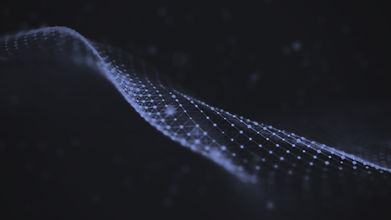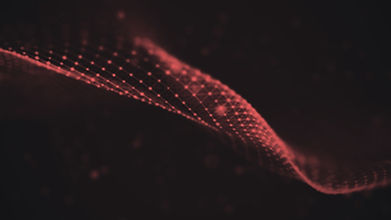
My vision
By examining the intricate ways in which we cognitively and emotionally engage with our surroundings—whether observing an ancient artifact in a museum, a historical site, or a natural landscape—we gain deeper insights into the complexity of vision. Vision is not merely a function of the visual brain; it is a multimodal experience that engages motor, sensory, and emotional networks. By employing neuroscience tools like EEG, AI, and eye-tracking, researchers can map the neural processes behind our responses to objects and environments, revealing how perception, memory, and aesthetic appreciation are intertwined. These insights not only illuminate the cognitive mechanisms that shape our perception of the past but also hold relevance for modern society.
In particular, AI and neuroaesthetic models informed by human cognitive patterns offer new ways to present complex environmental and societal data, aligning with human decision-making processes.

My story
I came to US in 2008, as full professor at the University of California, Merced. I had the chance to work for almost 10 years at the CINECA, a Supercomputing Center in Italy.
Now, I am a distinguished professor at Duke University. Research Fellow at the Italian Academy in New York and AAAS-STPS fellow at the State Department (soon). My innovative work combines AI advanced technology with archaeological research, paving the way for new methods of exploring and preserving cultural heritage.
I created and led digital labs in China, Italy, US and other countries with the same determination to move the humanities to the highest possible level of interdisciplinary research and education. I directed archaeological projects in Italy, Cambodia, China, Oman, Egypt, Ethiopia, India, Mexico, Brazil, US and Peru
